Cooking with Spices: A Beginner's Guide
Understanding the Essence of Spices
Spices are far more than mere flavor boosters; they serve as gateways to diverse culinary traditions across the globe. The rich scent of freshly crushed cumin or the comforting warmth of cinnamon can transform ordinary meals into extraordinary experiences. Mastering their unique properties and interactions with other components is essential for elevating your cooking to new heights.
Beyond the Familiar: Exploring Diverse Spice Families
While salt and pepper dominate most kitchens, the spice universe extends far beyond these basics. Take ginger, turmeric, and cardamom – each hailing from distinct botanical lineages, they bring their own special aromatic signatures to the table. Delving into these varied families unlocks countless opportunities to reinvent your dishes with exciting new flavors.
The Art of Spice Blends: Creating Culinary Symphonies
Signature blends like garam masala or ras el hanout represent the pinnacle of spice craftsmanship. These carefully balanced mixtures capture the essence of particular cuisines, delivering concentrated bursts of flavor. Incorporating such blends can instantly upgrade your cooking, adding layers of complexity that make each dish uniquely memorable.
Spice Storage and Freshness: Keeping Your Pantry Aromatic
Preserving spice quality requires proper storage methods. Airtight containers kept away from light and humidity help maintain their vibrant flavors. For peak performance, consider grinding whole spices as needed – the difference in aroma and taste is remarkable.
Spice Safety and Allergies: Mindful Cooking Practices
While generally safe, spices can trigger reactions in sensitive individuals. Always check for potential allergens and consult healthcare providers when uncertain. Proper handling is crucial – avoid excessive inhalation and measure carefully to prevent overpowering your dishes.
Spice Application Techniques: Enhancing Your Culinary Skills
Timing matters when working with spices. Chili powder often shines when added late, while turmeric benefits from early incorporation. Experimenting with different application methods helps develop intuition for how spices interact with heat and other ingredients.
Pairing Spices with Ingredients: A Culinary Matchmaker
The magic happens when spices complement their ingredients perfectly. Cumin's earthiness enhances lamb beautifully, while cinnamon's sweetness elevates apples. Mastering these pairings allows creation of visually stunning, perfectly balanced dishes that delight all senses.
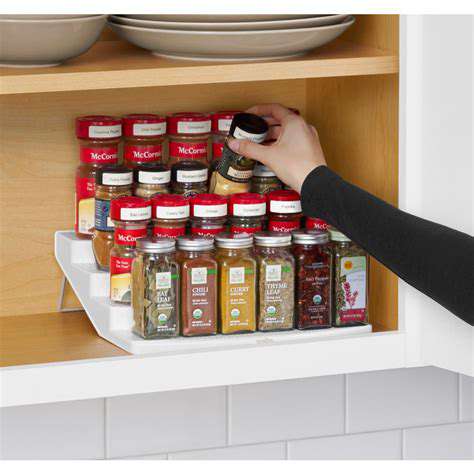
Spice Techniques: From Simple to Sophisticated
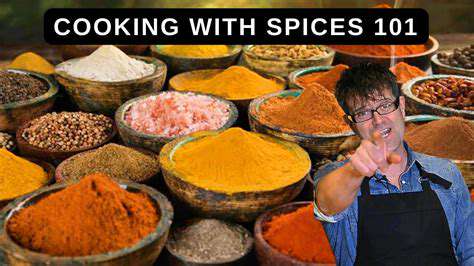
Spice Blends for Everyday Dishes
Pre-mixed blends offer incredible convenience for busy cooks seeking deeper flavors without measuring multiple spices. A basic combination of cumin, coriander, turmeric, and chili powder can work wonders on even the simplest ingredients. Grocery store shelves now stock everything from Jamaican jerk seasoning to za'atar, making global flavors accessible to all.
Using Fresh Spices for Aromatic Intensity
Nothing compares to the vibrancy of freshly prepared spices. The pungent kick of grated ginger or the bright notes of crushed coriander seeds can elevate dishes from good to extraordinary. While requiring more preparation, the flavor payoff justifies the extra effort. Remember that delicate herbs like basil and parsley retain their character best when added just before serving.
Mastering Spice Combinations for Complex Flavors
Creating harmonious spice mixtures is an art form. The subtle interplay between cinnamon's warmth and ginger's zing, or cayenne's heat tempered by sweet paprika, demonstrates the endless possibilities. Don't hesitate to experiment – sometimes the most unexpected pairings yield brilliant results, like cardamom in chocolate desserts or smoked paprika with roasted vegetables.
Spice Storage for Maximum Flavor
The enemy of spice quality is exposure – to air, light, and moisture. Store them in sealed containers in cool, dark spaces for longest shelf life. Glass jars with tight lids work perfectly. Remember to date your spices and refresh your stock periodically for best results.
Applying Spice Techniques in Various Cuisines
Global cuisines showcase spice mastery in countless ways. From India's layered masalas to Mexico's complex moles, these traditions demonstrate spices' transformative power. Exploring different culinary traditions not only broadens your repertoire but also deepens understanding of how flavors interact across cultures.
Read more about Cooking with Spices: A Beginner's Guide
Hot Recommendations
- Traditional Foods for Day of the Dead
- Food Etiquette in Italy: Pasta Rules!
- Best Family Friendly Restaurants with Play Areas in [City]
- Review: The Best [Specific Dessert] Place in [City]
- Top Ice Cream Parlors in [City]
- Traditional Foods for Halloween
- The History of the Potato in Ireland
- Best Vegan Pizza Joints in [City] [2025]
- Best Bakeries for Sourdough Bread in [City]
- Food Culture in Argentina: Asado and Wine

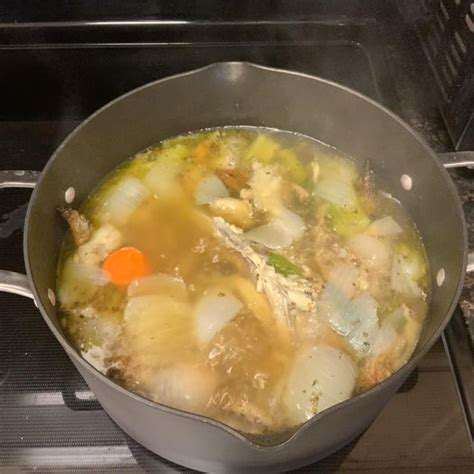
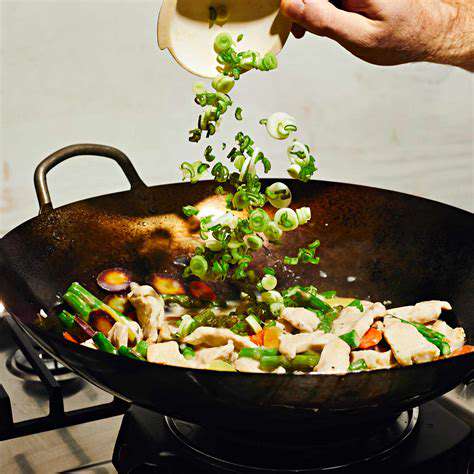
![Best Knife Sets for Your Kitchen [2025]](/static/images/28/2025-05/HandleErgonomics3AComfortandControl.jpg)

![Review: The [Specific Brand] Waffle Maker](/static/images/28/2025-05/ValueforMoney3AIsItWorththePriceTag3F.jpg)

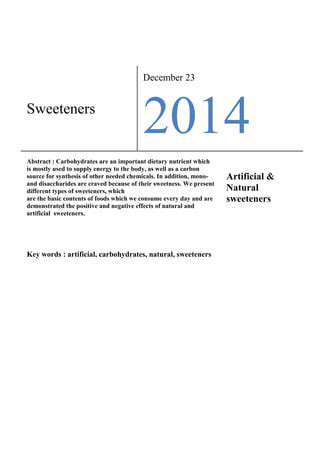
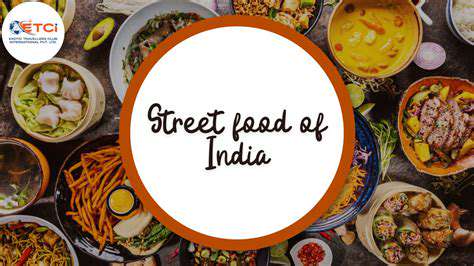
![Seasonal Ingredient Guide for Winter [2025]](/static/images/28/2025-06/CitrusFruits3AABurstofWinterSunshine.jpg)

